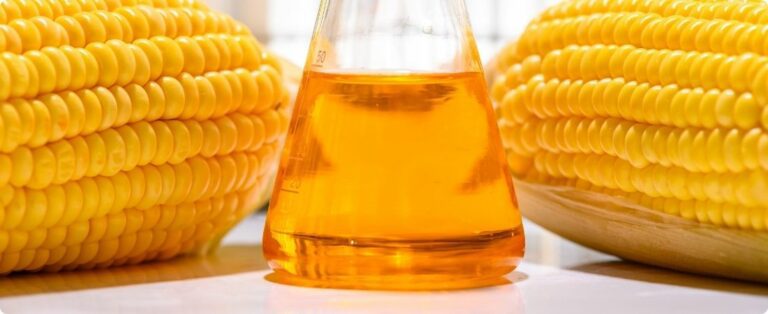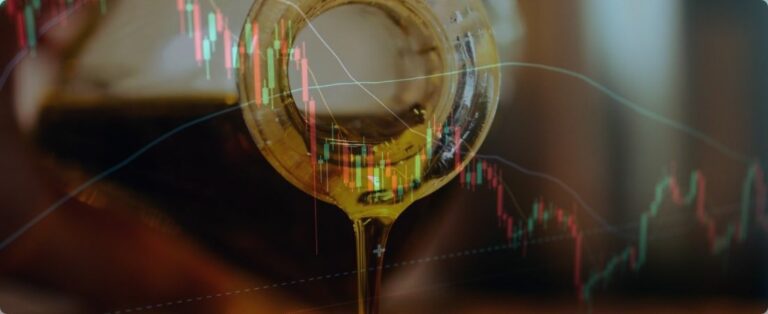Brazil's Gross Domestic Product (GDP) fell 9.7% in the second quarter of 2020, compared to the first three months of the year. The data was released this Tuesday (1st) by the Brazilian Institute of Geography and Statistics (IBGE). Compared to the same period last year, the decrease recorded is 11.4%.
The main results show that the biggest drop was in Industry (-12.3%), followed by Services (-9.7%), compared to the first quarter. In turn, Agriculture presented a positive variation of 0.4%, in the same comparison. The period analyzed corresponds to the months in which there was the greatest economic impact of the new coronavirus pandemic.
Despite the bad scenario in most sectors, Brazilian agribusiness was essential during this period and went against the grain in relation to other segments since, in general, even with the intense blow, the field resisted and prevented an even greater decline in activity. national economy.
{module 442}
“The GDP results revealed what many analysts already expected: Brazilian agribusiness presented good results even during the pandemic. Agricultural activities, having been considered essential, did not stop”, analyzes Maurício Moraes, partner and agribusiness leader at PwC Brasil.
In comparison with the second quarter of 2019, Agriculture grew by 1.2%, in relation to the same period in 2019, which can be explained, mainly, by the performance of some agricultural products that have a relevant harvest in the second quarter and by productivity .
Industry had a drop of 12.7%, the most intense in the historical series, in this comparison. Extractive Industries showed a positive variation of 6.8%, with an increase in oil extraction. The extraction of ferrous ores continues to fall, but at lower rates. And, finally, the Services sector fell 11.2% compared to the same period in 2019.
Maurício also highlights that record production, Chinese appetite for Brazilian products and the favorable exchange rate allowed for good exports, avoiding an even more painful result for GDP.
“During the first half of 2020, there were strong exports of soybeans, corn and sugar, with emphasis on the good soybean prices in the period which, combined with the exchange rate, contributed to the published results. The 2019-2020 harvest was a record and the tendency is for us to have a record harvest for 2020-2021”, he highlights.
Source: DATA
READ TOO:
{module 441}















